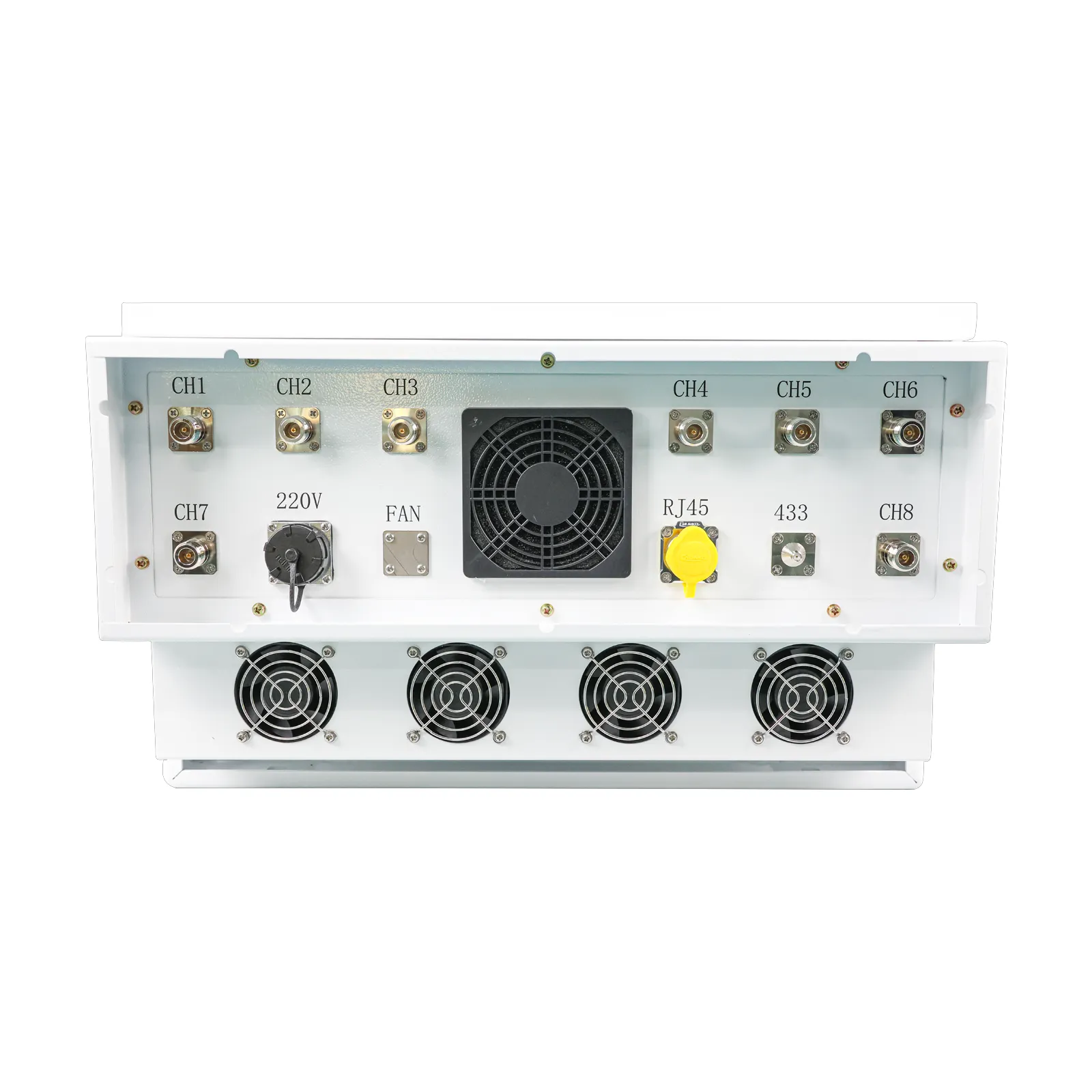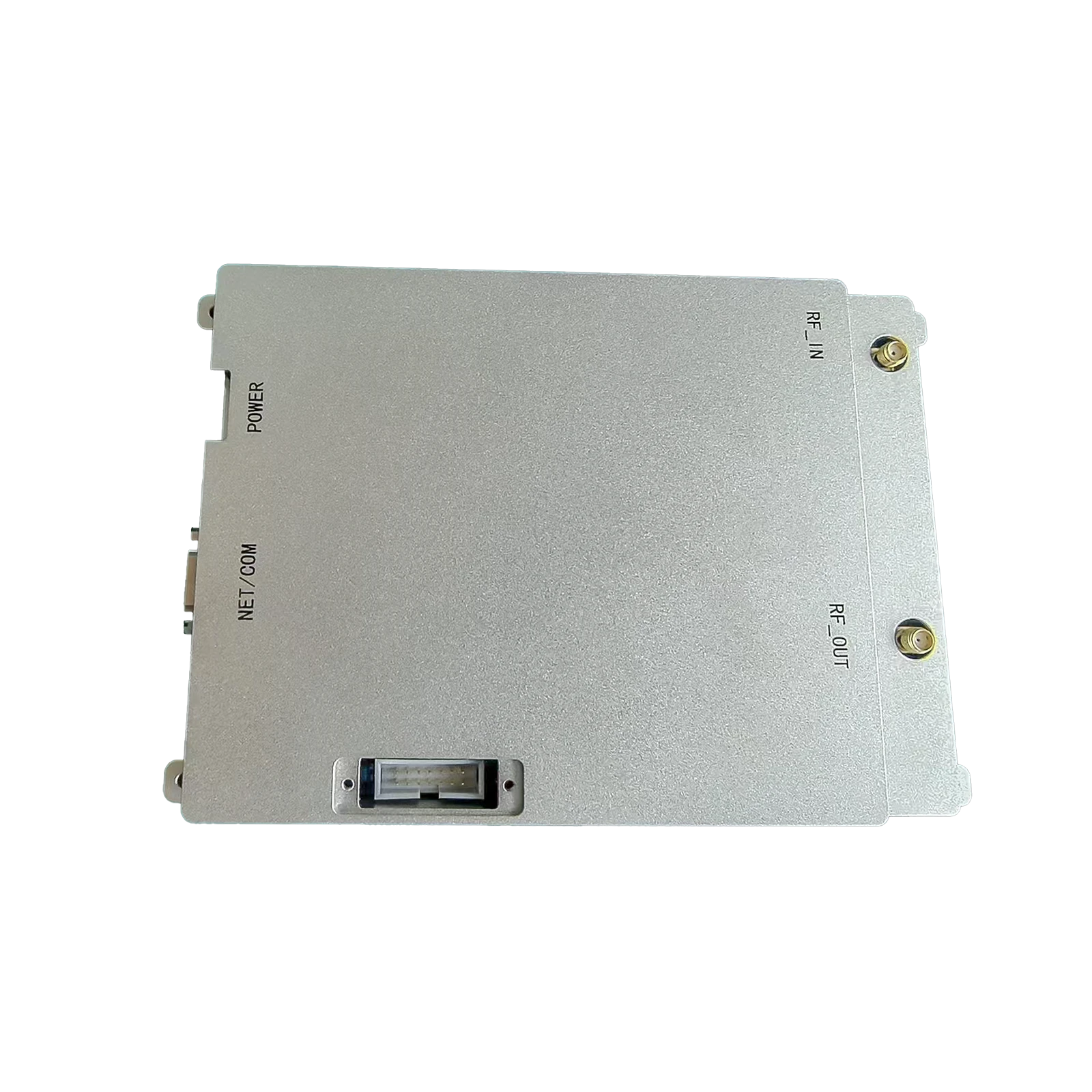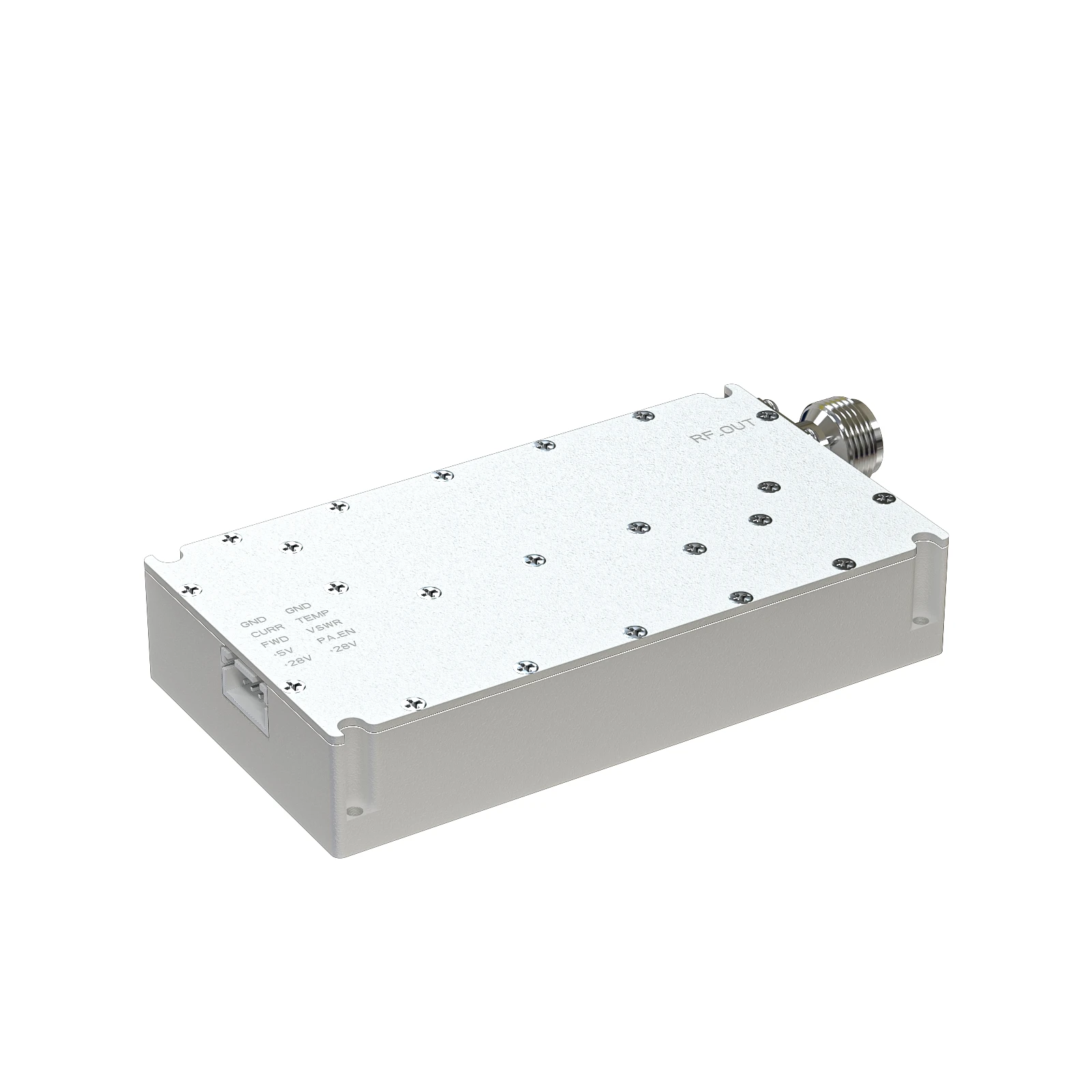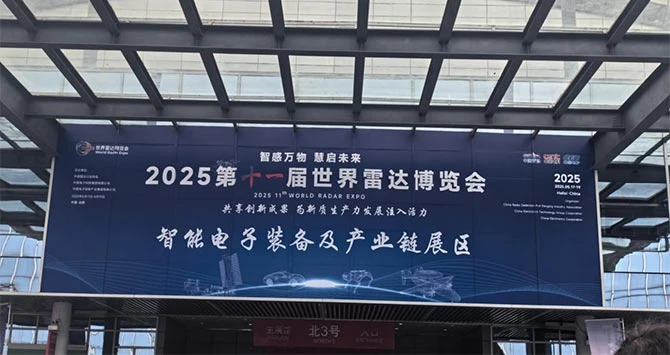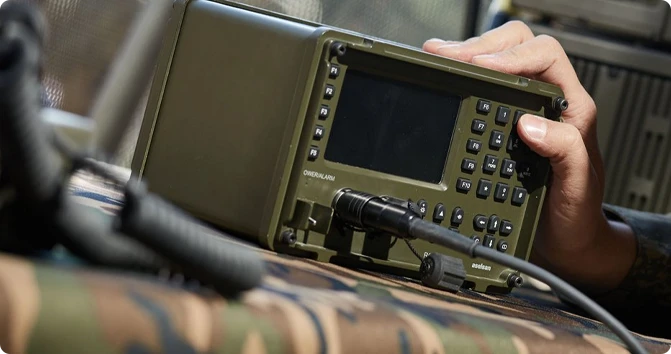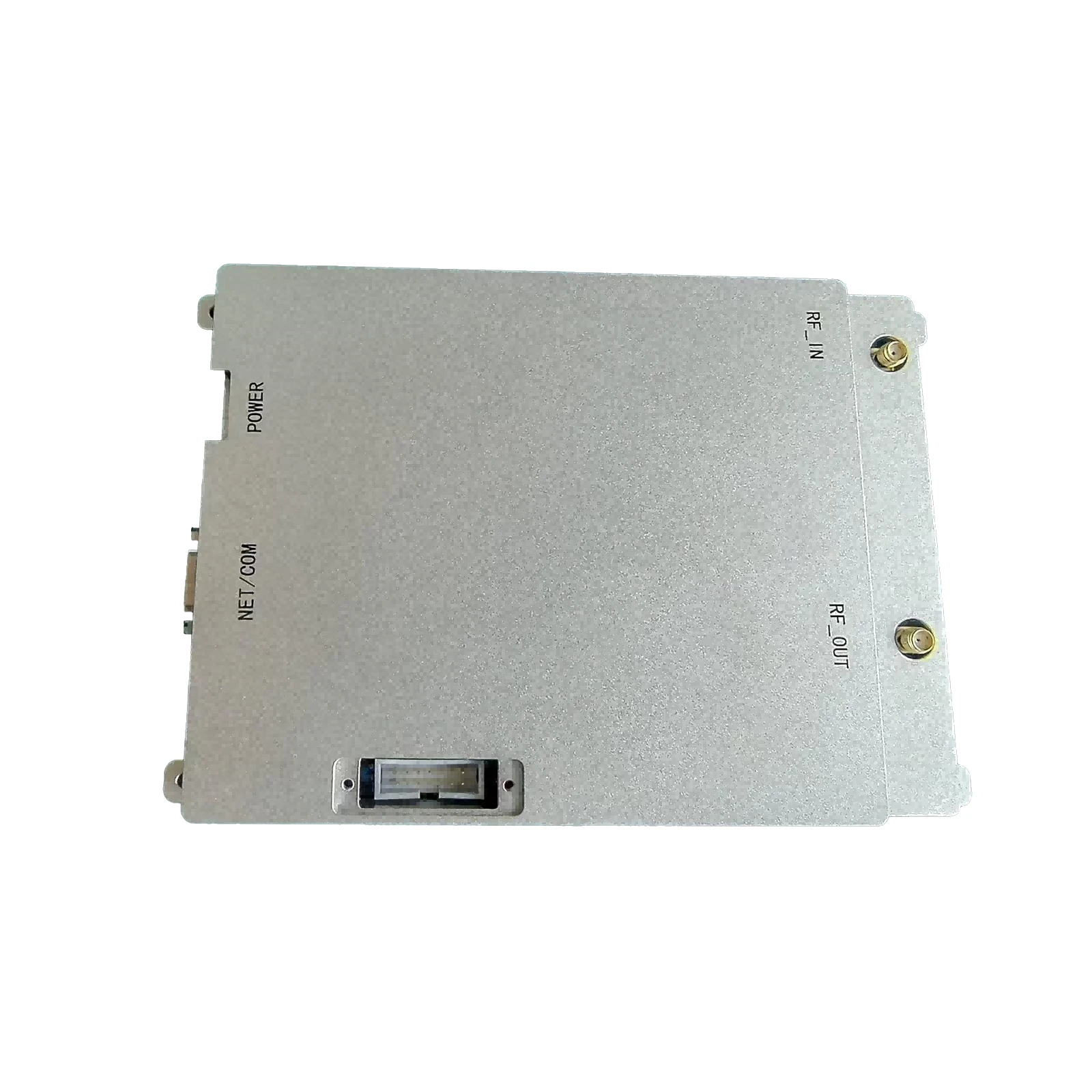Digital RF Amplifier – Advanced Signal Boosting for Modern Communications
Digital RF Amplifier: Unlocking the Power of Precision Signal Boosting
If you’re in the business of wireless communication, radar systems, or even satellite technology, you’ve probably dealt with some form of signal amplification. But the digital RF amplifier is a whole different animal, and it’s quietly revolutionizing how we handle radio-frequency signals. At first glance, it’s just another kind of amplifier, right? Well, yes, but understanding its role can open doors to faster, more efficient, and more reliable communication systems worldwide.
In short: digital RF amplifiers boost the strength of radio signals while maintaining exceptional control over signal quality, noise reduction, and power consumption. In a world increasingly dependent on wireless data — from remote disaster areas to bustling smart cities — these devices matter more than ever.
The Global Pulse: Why Digital RF Amplifiers Are More Important Than Ever
Wireless communication carries over 60% of global internet traffic nowadays, according to the International Telecommunication Union (ITU). Yet, many regions still struggle with signal quality due to environmental noise, power limitations, or inefficient amplification devices.
Here’s where the digital RF amplifier turns the tide. By leveraging advanced signal processing techniques and digital controls, these amplifiers tackle signal distortion and boost output efficiency, simultaneously reducing energy waste. Considering the United Nations’ emphasis on expanding digital connectivity in underserved communities, digital RF amplifiers are quietly helping bridge connectivity gaps on a global scale.
That said, challenges endure — such as scaling these technologies to remote or austere environments without ballooning costs. But the advancements we’re witnessing give plenty of hope.
What Exactly Is a Digital RF Amplifier?
Put simply, a digital RF amplifier is a device designed to amplify radio frequency signals while incorporating digital control to optimize performance. Think of it as a smart amplifier that can adjust its gain, linearity, and power output dynamically based on input signals and environmental conditions.
Unlike traditional analog amplifiers, which amplify everything at face value, digital RF amplifiers utilize digitization, algorithms, and feedback loops to minimize noise and distortions. This leads to sharper, cleaner signals — crucial for radar, satellite comms, and emerging 5G networks.
In many ways, these amplifiers are at the crossroads of modern telecommunications, connecting high-frequency electronic engineering with digital signal processing.
Core Components of Digital RF Amplifiers
1. Digital Signal Processor (DSP)
The DSP forms the brain of the amplifier. It assesses incoming signals in real time, adjusting gain and filtering to maintain signal integrity. Many engineers agree this piece is what sets digital amplifiers apart from their analog cousins.
2. High-Linearity Power Amplification Stage
This stage ensures signals are amplified without unwanted distortion, even at high power. It’s crucial, especially in crowded frequency bands where interference is risky.
3. Feedback and Control Algorithms
Closed-loop feedback mechanisms constantly monitor output signals versus inputs, enabling self-correction for temperature changes, aging components, or sudden signal shifts.
4. Digital Interface for Remote Control
Most modern digital RF amplifiers come with interfaces (like SPI or I2C) that allow remote configuration, ideal for field deployments and integration into complex systems.
Mini Takeaway: Digital RF amplifiers blend hardware and software to deliver clean, customized signal amplification.
Where Digital RF Amplifiers Shine: Real-World Applications
- Telecommunications: Boosting 5G base stations’ coverage and bandwidth, especially in urban and rural zones where signal quality varies.
- Satellite Communication: Amplifying uplink signals from ground stations with low noise, essential for consistent data relays.
- Defense & Radar Systems: Enhancing radar detection range, especially in cluttered environments or adverse weather conditions.
- Disaster Relief Communication: In post-disaster zones where infrastructures are down, portable digital RF amplifiers restore critical communication links quickly.
- Remote Industrial Zones: Mining or off-shore rigs rely on digital RF amplifiers for reliable wireless telemetry.
Oddly enough, while you rarely see them in daily life, their impact quietly ripples across these critical sectors.
Advantages & Long-Term Value of Digital RF Amplifiers
- Enhanced Signal Integrity: Reduced noise and interference compared to analog amps means more reliable data transmission.
- Energy Efficiency: Smarter amplification reduces power waste, supporting greener telecommunications.
- Adaptability: Dynamic gain control enables performance optimization across varying signal conditions.
- Longevity & Reliability: Digital monitoring prevents damage from overload or temperature swings, lowering maintenance needs.
- Supports Digital Transformation: Enables next-gen technologies like IoT, autonomous systems, and smart grids.
Emotional take? Knowing critical communications won’t fail — whether you’re on a remote rescue mission or streaming a vital conference call — builds trust and confidence globally.
Product Specification Table: Key Parameters of a Typical Digital RF Amplifier
| Parameter | Specification | Notes |
|---|---|---|
| Frequency Range | 0.1 GHz to 6 GHz | Covers common RF bands |
| Gain | 20 to 45 dB (adjustable) | Dynamic digital control |
| Output Power | Up to +30 dBm | Power amplifier stage rating |
| Noise Figure | Ensures low signal distortion | |
| Power Supply | 5 V DC, 2 A | Common voltage for portable units |
| Interface | SPI / I2C | Remote digital control |
Comparing Top Vendors of Digital RF Amplifiers
| Vendor | Typical Gain Range (dB) | Power Output (dBm) | Noise Figure (dB) | Price Segment |
|---|---|---|---|---|
| AmplifyPro | 20–40 | +28 | 2.5 | Mid-range |
| SignalMax | 25–45 | +30 | 3.0 | Premium |
| EcoWave | 18–35 | +25 | 2.8 | Budget-friendly |
Emerging Trends & Innovations in Digital RF Amplification
The future’s bright for digital RF amplifiers. Industry watchers note several exciting trends:
- Green Amplifiers: Developing ultra-low power designs optimized for renewable energy sources and IoT endpoints.
- AI-Enhanced Signal Processing: Using machine learning to predict signal disturbances and adjust amplification proactively.
- Integration with Software-Defined Radios (SDR): Expanding flexibility in multi-band and multi-standard networks.
- Miniaturization: Ongoing shrinkage of components, making digital RF amps feasible for handheld or drone-mounted platforms.
These innovations tie nicely into global digital transformation pushes and sustainability mandates.
Common Challenges & How Experts Are Addressing Them
Like many technologies, digital RF amplifiers aren’t without their quirks.
- Thermal Management: High-power amplification generates heat. Modern designs incorporate advanced heat sinks and even liquid cooling in some cases.
- Cost Barriers: Sophisticated DSP and feedback systems can hike up prices. However, mass production and improved semiconductor processes are lowering costs yearly.
- Complex Integration: Digital controls need precise calibration and thorough system testing to avoid unexpected signal artifacts.
Overall, the best vendors provide solid technical support and customizable solutions tailored to specific applications.
FAQ: Your Top Questions About Digital RF Amplifiers
Q1: How does a digital RF amplifier differ from a traditional analog RF amplifier?
A1: The key difference lies in digital control. Digital RF amplifiers use DSPs and feedback algorithms to dynamically adjust gain and reduce noise, resulting in better signal clarity and efficiency than analog amps, which amplify signals in a fixed manner.
Q2: Can digital RF amplifiers be used in harsh environments like remote oil rigs or disaster zones?
A2: Absolutely. Many are designed for rugged use with durable casing and built-in feedback to compensate for temperature and power fluctuations, making them reliable in tough conditions.
Q3: Are digital RF amplifiers energy efficient?
A3: Yes, their smart gain control and power management often reduce wasted energy, which helps reduce operating costs and environmental impact.
Q4: What industries can benefit most from digital RF amplifiers?
A4: Telecommunications, defense, satellite communications, and disaster relief organizations are primary beneficiaries. Their ability to deliver clean, strong signals improves safety, connectivity, and operational efficiency.
Q5: Is remote control and monitoring commonly supported?
A5: Most modern digital RF amplifiers come equipped with digital interfaces like SPI or I2C for remote configuration and health monitoring, crucial for network maintenance.
Wrapping Up: Why Embracing Digital RF Amplifiers Makes Sense
Embracing digital RF amplifiers isn’t just about better tech for communication; it’s about reliability, sustainability, and future-proofing networks in an ever more connected world. Their adaptability, efficiency, and precision make them essential tools for engineers and organizations globally.
If you want to explore more about how these amplifiers can boost your systems or projects, don’t hesitate to visit our website. The future of RF signal amplification is digital — and it’s here to stay.
Mini takeaway: Digital RF amplifiers balance power, precision, and control — vital for secure, high-quality wireless communication everywhere.
References
-
09 March 2021 24 Nov 2025
-
09 March 2021 23 Nov 2025
-
09 March 2021 23 Nov 2025
-
09 March 2021 22 Nov 2025
-
09 March 2021 21 May 2025
-
09 March 2021 25 Dec 2024
-
09 March 2021 14 Oct 2022
-
09 March 2021 25 Dec 2024



